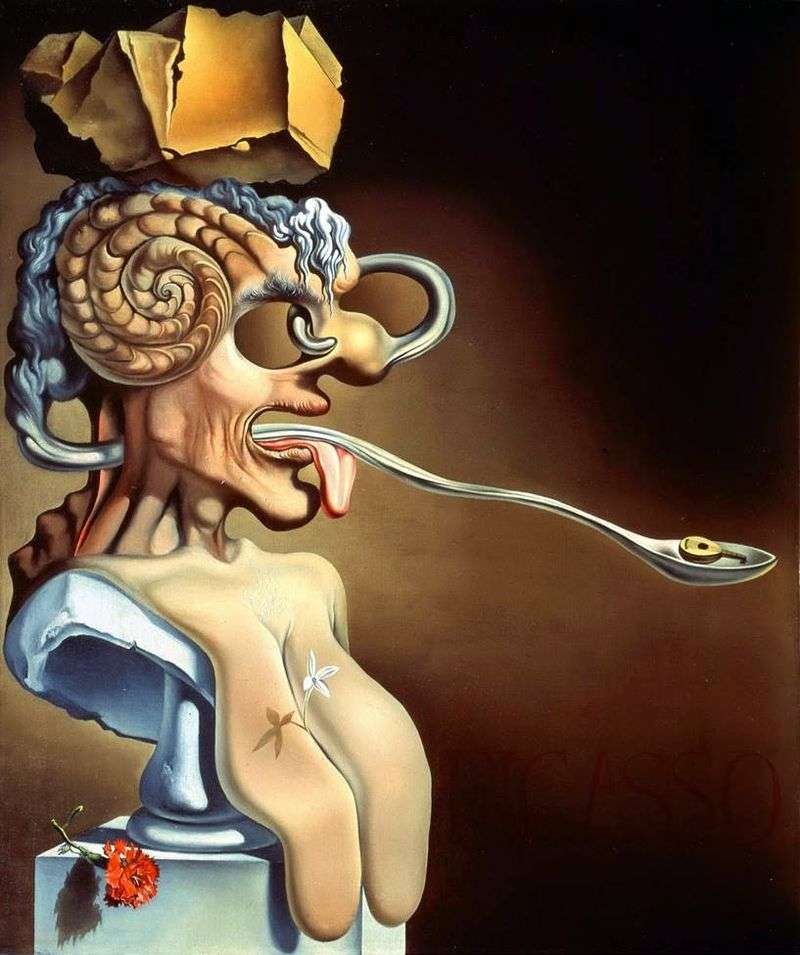
“Portrait of Picasso” by Salvador Dali – on the one hand, a sarcastic satire, on the other – a tribute to the great Spaniard, whom Dali admired, despite their numerous differences.
Dali crowned Picasso with a crown, as if he had been carved from the rough stone of the coastal cliffs of Cadaques. But the massive tiara hovers in the air, not burdening the owner’s head. Picasso is endowed with a woman’s breast: in the paintings of Dali, this attribute, as a rule, indicates the antipathy that the artist nourishes for the character.
In the hollow between the sagging, flowing down breasts, the edelweiss flower is visible, casting a clear shadow. The hair of Picasso is weaved into a braid, which in its shape resembles a snake. This snake pierces through the character’s head, peeking out of his mouth. The head of the viper ends in a stylized spoon, in which lies a tiny mandolin. Dali gave the “portrait” of his idol and age-old rival a kind of sculptural bust, mounted on a pedestal. On the base of the sculpture lies a lone red flower. Mandolin and flower are symbols of art.
Picasso had a huge impact on Dali, and he could not help but recognize this influence and not give the Spaniard a tribute, despite the misunderstanding and complex relationships of the two great artists of the twentieth century. Surprising and funny, but this sarcastic allegory has some portrait resemblance to its prototype.
How could a face twisted with a grimace with empty eyes, stuck out with tongue, mutton horns, an ugly outgrowth instead of a nose can be associated with the face of Picasso, a riddle that Dali has repeatedly amazed and shocked spectators. But the solution of it, undoubtedly, lies in the filigree painting technique of the master.
 Portrait de Picasso – Salvador Dali
Portrait de Picasso – Salvador Dali Portrait of Jose Torres by Salvador Dali
Portrait of Jose Torres by Salvador Dali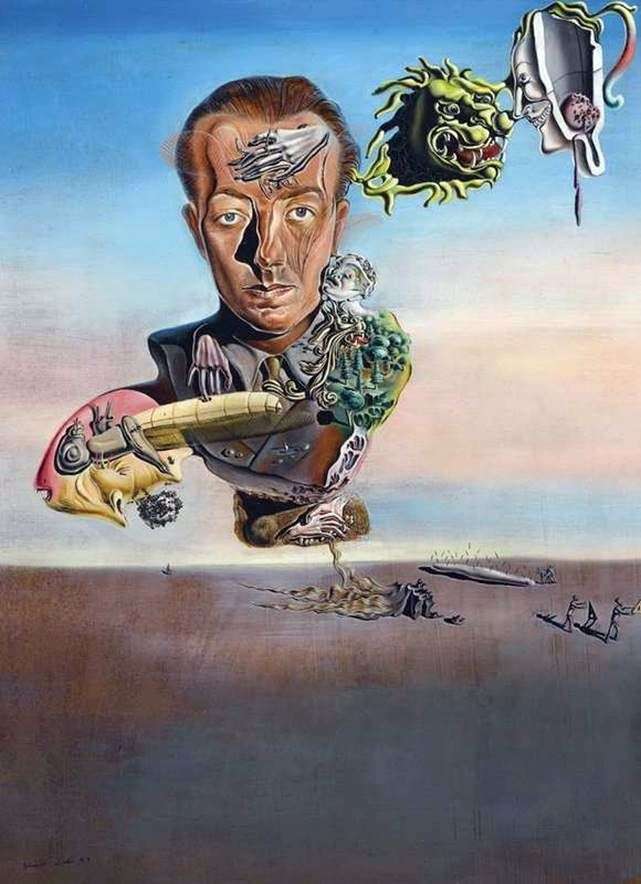 Portrait of Paul Eluard by Salvador Dali
Portrait of Paul Eluard by Salvador Dali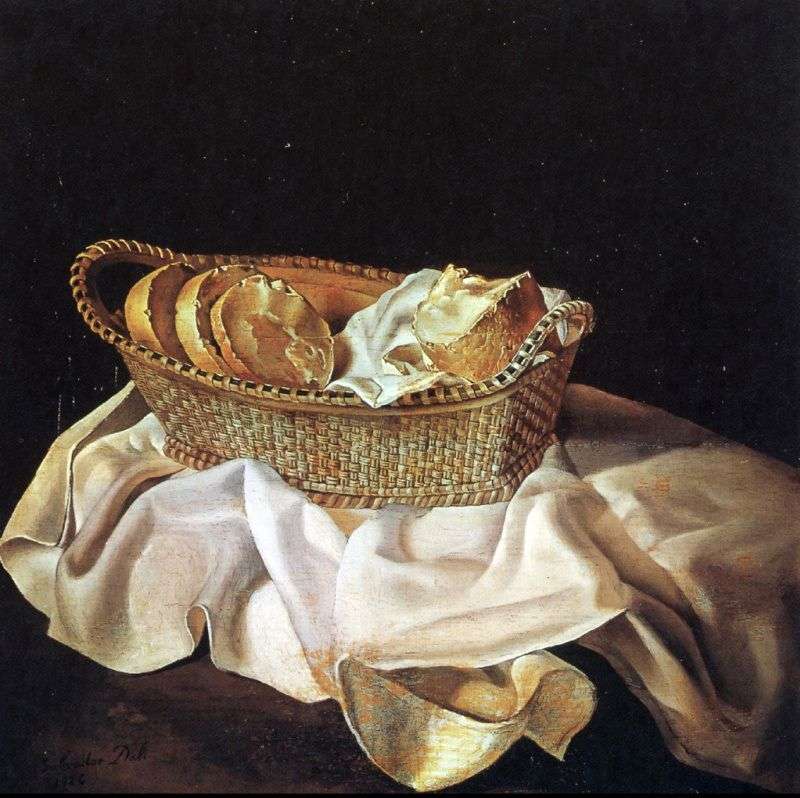 Basket with bread by Salvador Dali
Basket with bread by Salvador Dali Barber, saddened by the cruelty of good times by Salvador Dali
Barber, saddened by the cruelty of good times by Salvador Dali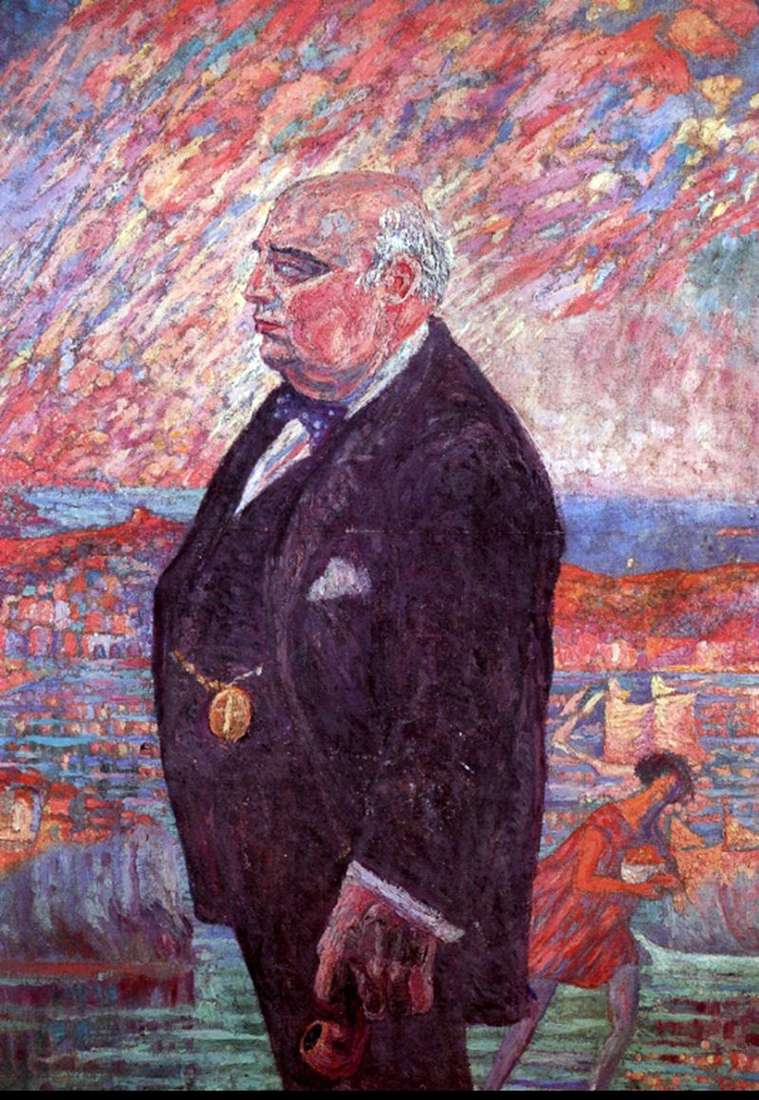 Portrait of my father by Salvador Dali
Portrait of my father by Salvador Dali Great masturbator by Salvador Dali
Great masturbator by Salvador Dali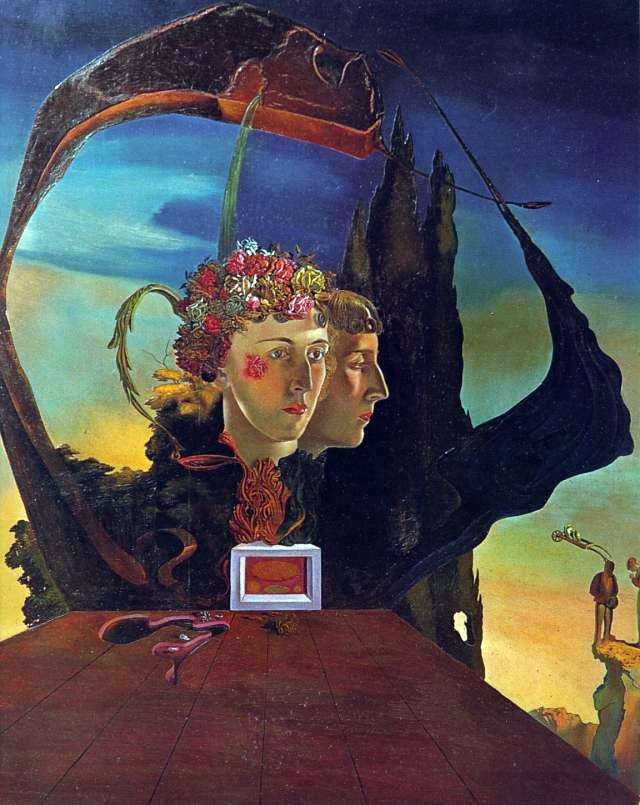 Portrait of the Viscountess Marie-Laura de Noai by Salvador Dali
Portrait of the Viscountess Marie-Laura de Noai by Salvador Dali